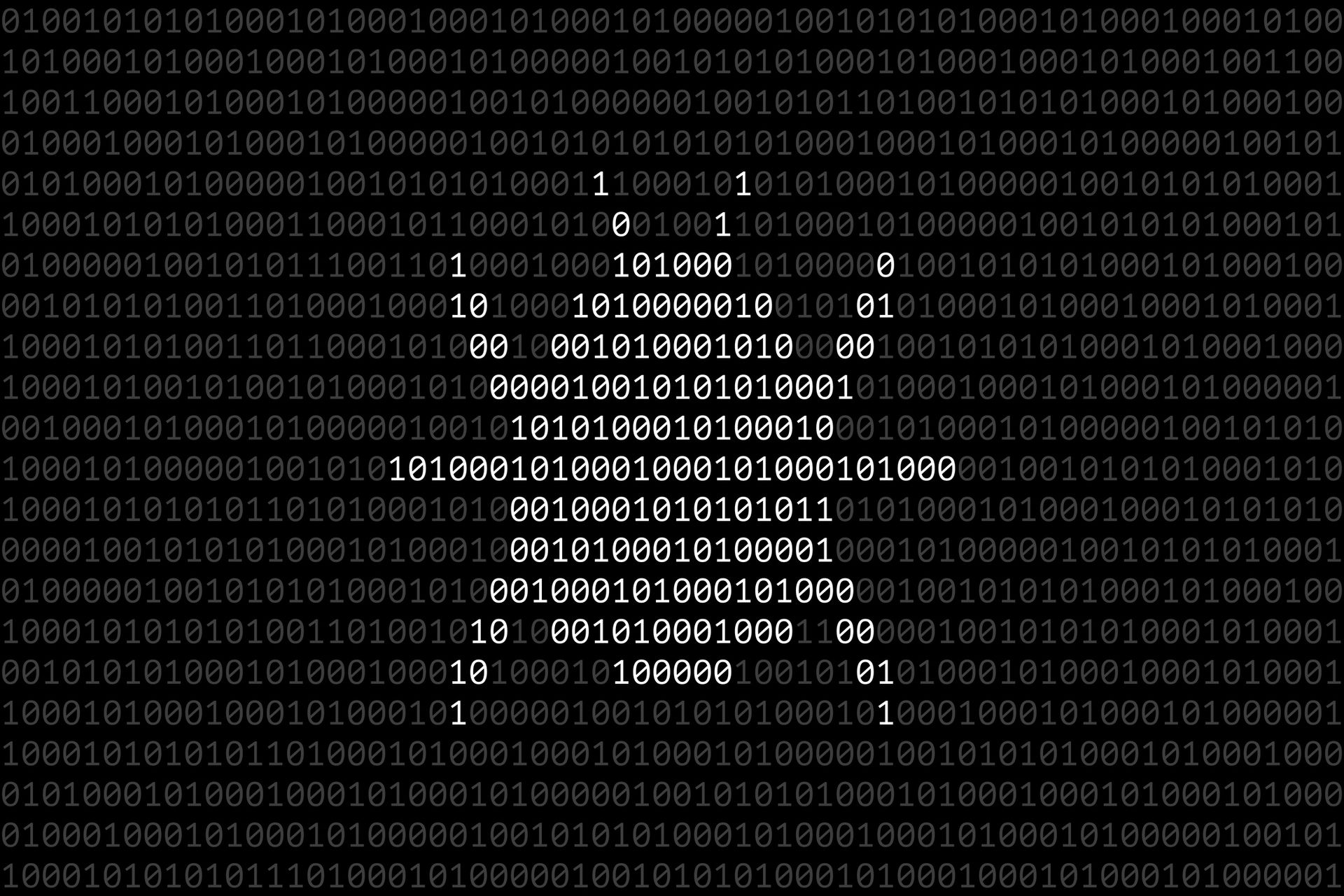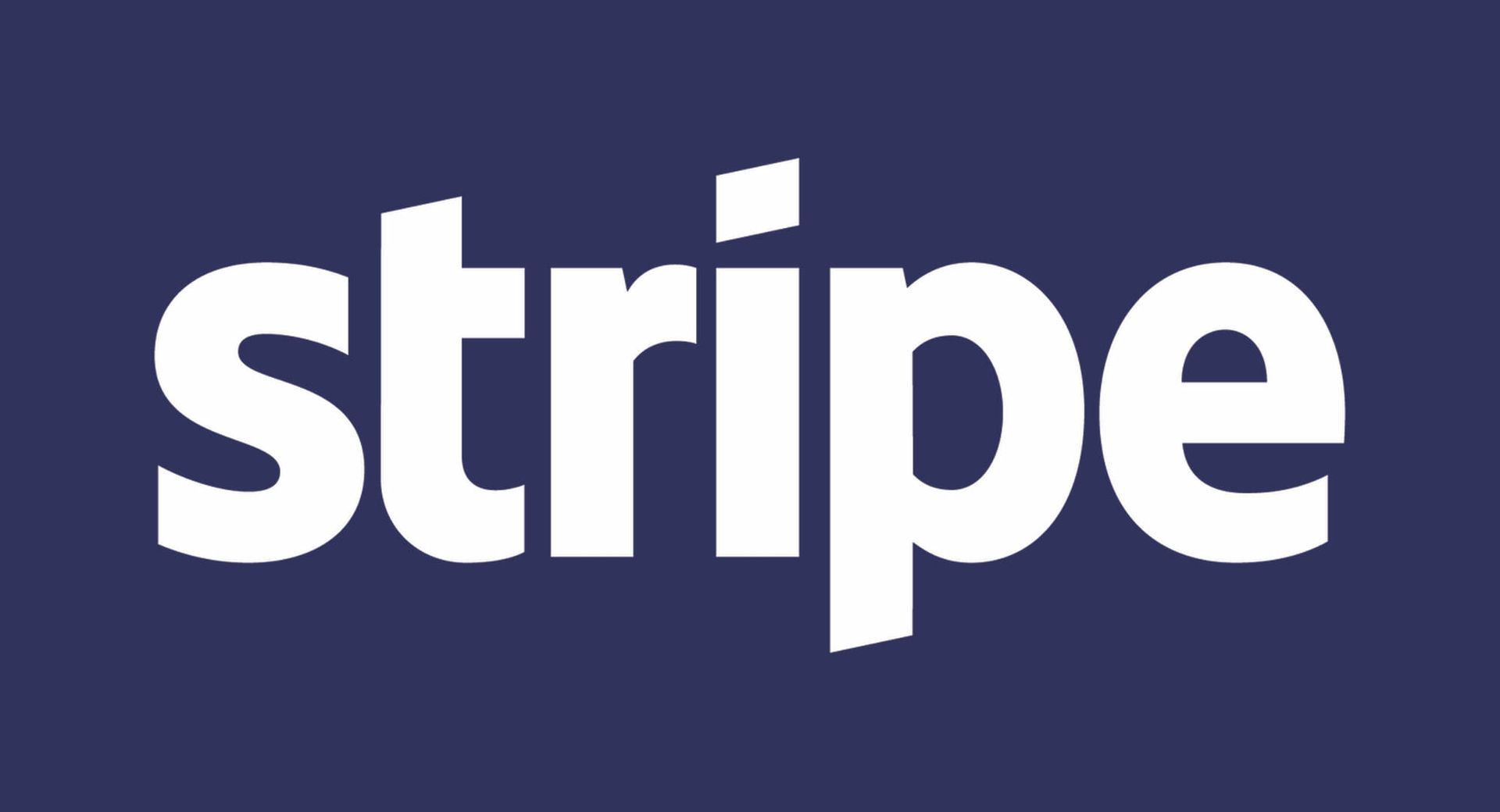Cloud Security, Cloud Security
Check Point Software expands unified cloud security platform
Check Point Software Technologies launched its CloudGuard Application Security, which expands the capabilities of its unified CloudGuard Cloud Native Security platform, according to ITP.net. CloudGuard AppSec is a fully automated API and web application protection solution that would allow organizations to protect all their cloud-native applications from both known and zero-day attacks. As part of the CloudGuard Workload Protection capabilities, it reduces the high rate of false-positive alerts brought on by legacy Web Application Firewalls and eliminates the need for manual tuning by employing contextual artificial intelligence in the prevention of cloud application-related attacks, which allows businesses to take full advantage of cloud agility and speed. “Protecting workloads and applications in the cloud requires a holistic suite of capabilities. However, the journey to workload protection starts with securing your web applications and APIs. Check Point addresses this need for integrated application security and demonstrates their cloud acumen with the introduction of CloudGuard’s newest capability which includes automated application security,” said Frank Dickson, IDC Research’s program vice president of security and trust.
An In-Depth Guide to Cloud Security
Get essential knowledge and practical strategies to fortify your cloud security.
Related Events
Get daily email updates
SC Media's daily must-read of the most current and pressing daily news
You can skip this ad in 5 seconds



